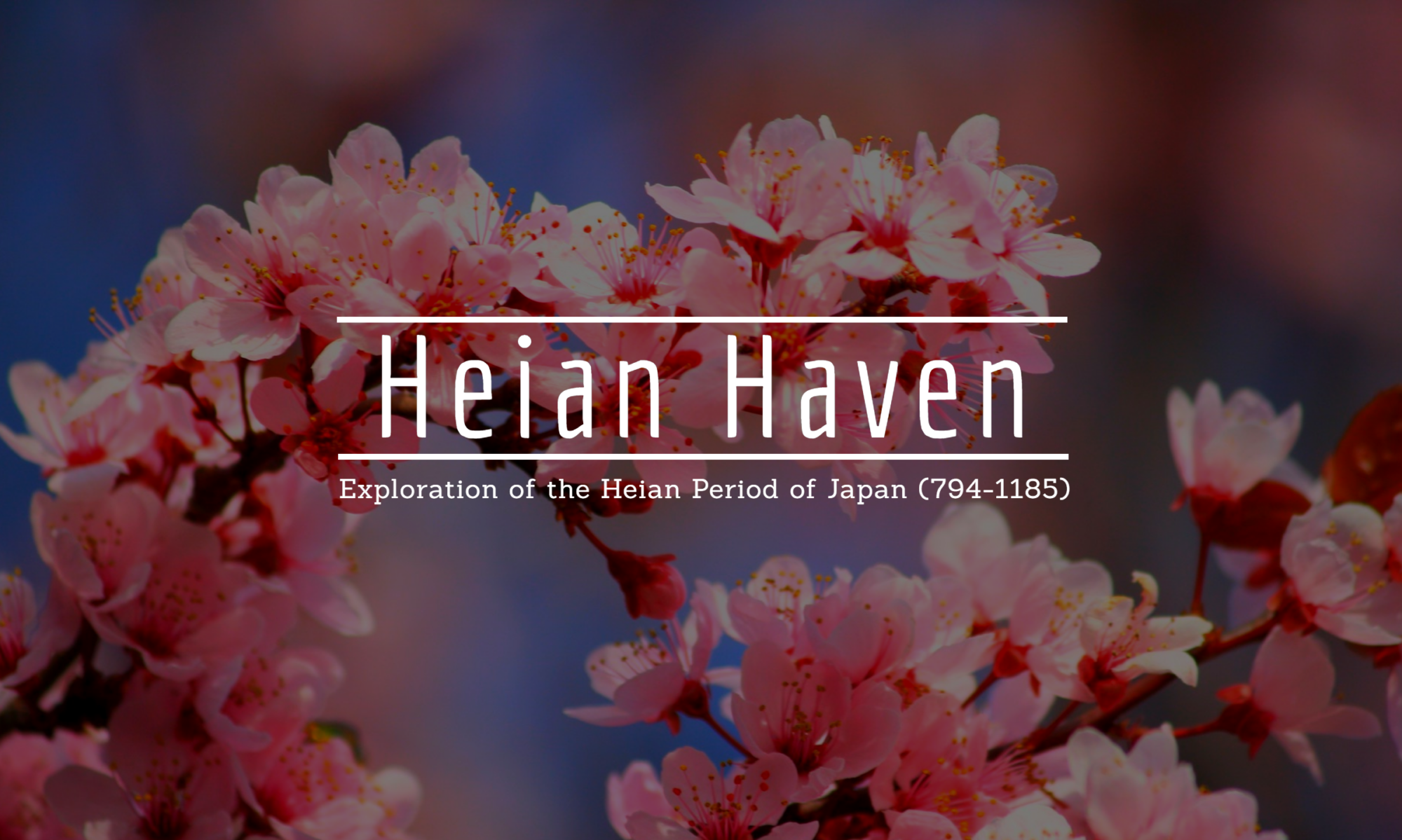When motivation Waxes and wanes like the moon Dedication reigns Focus, determination, perseverance her subjects.
I was struggling this morning, not wanting to do anything, much less work on something challenging (it’s collar day). So I procrastinated, doing absolutely nothing of value and lamenting my lack of motivation. And then my muse smacked me, and made me work for that poem. I struggled with the last to phrases for longer than I usually have to (my poems almost always roll fluidly from my pen – or keyboard).
I’m glad it took effort. Things that are worth it do take effort, and I needed that reminder.
I finished roll hemming the collar in the wee hours yesterday morning and then proceeded to not sleep at all. I filled yesterday with work on documentation because I didn’t quite trust myself to not make a mistake with my brain stuck on with no rest. It was a weird day. My blogpost felt weird too. But today we have a collar to attach!
The steps for attaching the collar: First I’ll lay out the body of the garment and mark the stitch line for the collar. Next I have to make small cuts along the fold or shoulder line of the garment from the center out 11.5cm. Then I pin the collar to the garment following my stitch lines. Once it’s stitched on, there are a few tucks that get top stitched in place so that the 14 cm collar becomes maybe 6 cm around the neck (7.5 inches down to 3 or so).
I’ll be pleased to accomplish all of that today. If I still have time left in the day, I’ll mark the stitch lines for the sleeves. I’m considering completely finishing the sleeves (stitching the bottoms closed and roll hemming the back edges) before attaching them to the body. That is, I think, how the instructions play out. At least so far as I can translate with an app.
Got so far a marking the collar before a mistake stopped me cold. I marked the collar with a 1cm seam allowance. Then I double checked the patterns. The collar actually takes a 4cm seam allowance. Oh dear. I checked the rest of the seam allowances for the garment. Yup. I’ve messed them up. Sigh.
I am not ripping out all of those seams to redo them. I just can’t. This garment will just be wrong. One day, far, far off in the future, I’ll take it apart and put it back together. For now, it’s a lesson and I’ll make sure the uwagi that I’m moving on to next will be more correct.
Or maybe I’ll rip it out. Ugh. I’ll investigate ripping it out. How about that?
The back seam is essentially right. That’s the only one. The side seams should be 9cm/3.5 inches. And the okumi attachment is just completely wrong. It’s supposed to be sewn on at this gentle angle that allows the collar to lay properly. Double ugh. I have to redo it. The hitoe won’t lay under the uwagi properly if I don’t.
So the new plan is thus: (1) mark the side seams with the appropriate allowance and (2) mark the sleeve attachments while I’m at it, (3) mark the migoro (body) with the angled attachment line, (4) stitch the side seams, (5) rip out the old side seams, (6) unpick/seam rip the okumi (overlap) seams, (7) iron the now removed okumi, (8) mark the proper stitch lines on the okumi pieces, (9) attach okumi, (10) attach collar, (11) finish sleeves, (12) attach sleeves.
Easy Peasy.
<insert joke about regretting my life choices as I choke on equal parts irony and sarcasm>
At least I know my plan for the next however long this takes…
OH! But there is some good news! I spent a little time trying the translating app from scratch. It’s interesting how every time it’s just the slightest bit different. I know now that it translates the kanji for okumi as “company” and that helped a lot. An entire paragraph of instructions now make something approaching sense. And I may not be able to translate the very first line quite right yet, but I got closer. I think it says, “Sew the stitches at 0.7 ~ 0.8cm, the seam allowance is .2cm to do”. The first half makes sense to me, the second part not so much. One of the diagrams shows a stitch line with the gap between stitches called out at 0.8cm. The stitch itself is the same length as the gap but is not labeled. Knowing what I do about garment construction, I am leaning toward sewing things with a 0.8cm stitch length. I have to do it all again anyway, so why not try to do it better? So the good news is I should stitch faster once I get the new stitch length down. And the longer stitch length makes sense. 10 stiches per inch is not all that much like the “basting stitch” I’ve always heard described but about 3 stitches per inch definitely does. It’ll be a major adjustment.
What was it I wrote at the start of this entry, about things being worth it being hard? Yeah. I’m feeling part of that on a deep level. Quite the lesson for the day. But it’ll be worth it.
